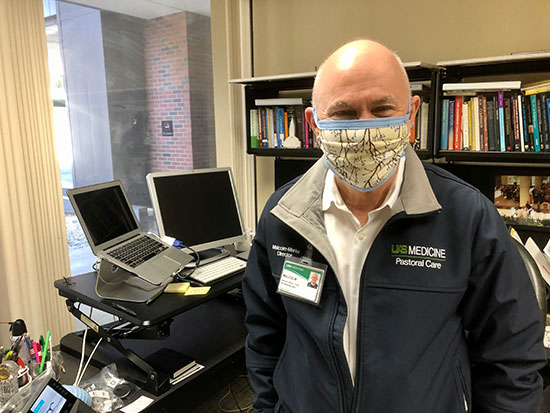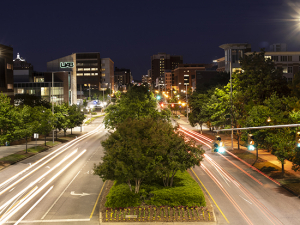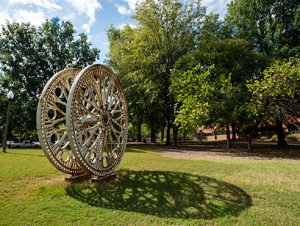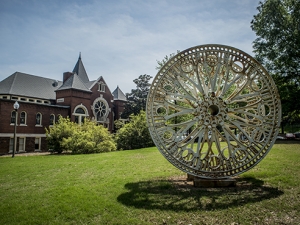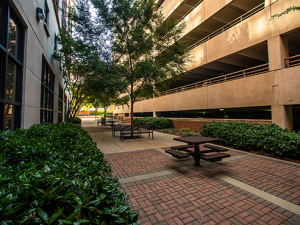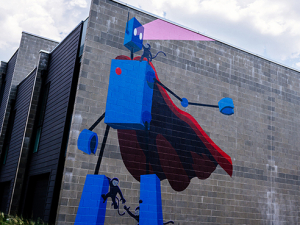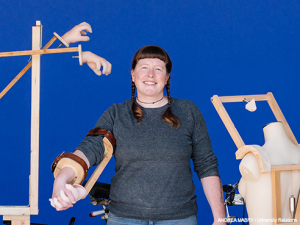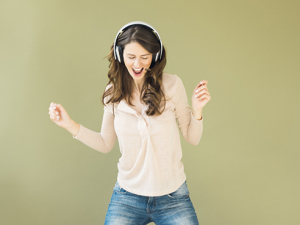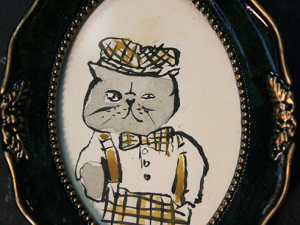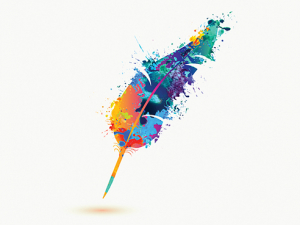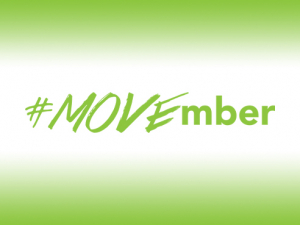-
Stacey Holloway built what she calls “interactive contraptions” using her woodworking skills and items she finds in her home or studio — and no object is too old, too strange or too basic to consider. ANDREA MABRY / University Relations
-
She rigged the accordion body of a collapsing IKEA wall mirror to a series of springs and pullies to simulate a simple handshake. ANDREA MABRY / University Relations
-
She also used two old belts to secure a device that mimics the action of holding hands. ANDREA MABRY / University Relations
-
To mimic the affectionate nose rubs she shares with her mother, she used a doorstop as a spring and a plumb-bob as a counterweight. ANDREA MABRY / University Relations
Even in isolation, Stacey Holloway can hold a hand, receive a swift kiss on the cheek or give a high-five. She can offer a nose rub, just like the ones she shares with her mother. She just does them all alone — that is, if you don’t count the kinetic, prosthetic models she created to help.
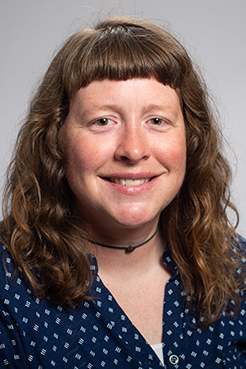 Stacey Holloway, assistant professor of sculptureHolloway is an assistant professor of sculpture in the Department of Art and Art History, where she teaches 3D design, metal-casting and fabrication, contemporary woodworking and beginning to advanced sculpture. She’d created multi-person wearable prosthetics in the past, and when the coronavirus pandemic began, she wondered how a similar idea would work within the context of social-distancing practices and isolation.
Stacey Holloway, assistant professor of sculptureHolloway is an assistant professor of sculpture in the Department of Art and Art History, where she teaches 3D design, metal-casting and fabrication, contemporary woodworking and beginning to advanced sculpture. She’d created multi-person wearable prosthetics in the past, and when the coronavirus pandemic began, she wondered how a similar idea would work within the context of social-distancing practices and isolation.
|
“I think it’s actually really healthy for artists to find new ways of working within limited accessibilities and limited materials.” |
“I wondered how I could do something similar, but instead project the idea of a single person that longed for human interaction so badly that they’d make these contraptions or prosthetic devices from material and objects on-hand to mimic physical connections,” she said.
First impressions
Holloway began with creating alginate impressions from her own body. The water-based, gelatinous substance alginate is the same material that dentists use to take impressions of your teeth, she explains. She then uses the alginate impressions to create low-viscosity resin molds, which set in about 30 seconds, and then brushes a special silicone rubber onto the resin to create the final mold of the body part she’s replicating.
“For these pieces, I poured patterns in a flexible high-performance silicone rubber that’s made to mimic skin for cinematic special effects or for medical prosthetics,” Holloway said. “This material is able to be tinted with pigments as well.”
Then she begins building what she calls “interactive contraptions” using her woodworking skills and items she finds in her home or studio — and no object is too old, too strange or too basic to consider.
To mimic the affectionate nose rubs she shares with her mother, she used a doorstop as a spring and a plumb-bob as a counterweight. She rigged the accordion body of a collapsing IKEA wall mirror to a series of springs and pullies to simulate a simple handshake, and used two old belts to secure a device that mimics the action of holding hands.
“I’ve made ‘a kiss on a cheek,’ where I used an old record player and lipstick to mimic the often aggressive, yet loving greeting of a grandmother, and a high-five where I created a trampoline effect with rubber bands to replicate the congratulatory interaction between teammates,” she said. “These are all meant to be playful and immediate, so I’m approaching each piece section by section until I simulate the interaction I want.”
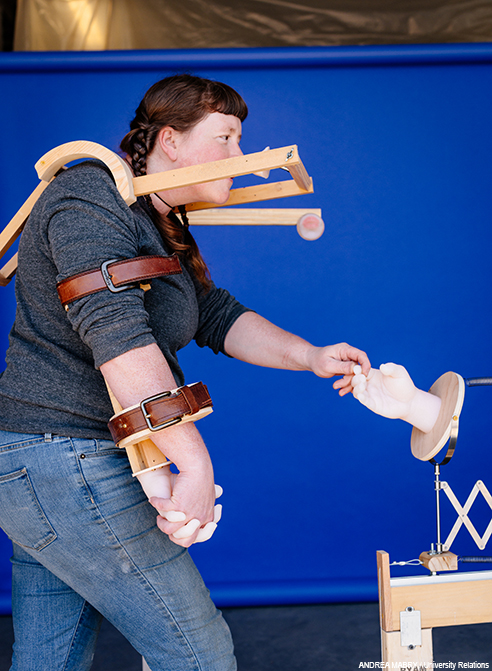 Positive outcomes
Positive outcomes
While the idea for these kinetic sculptures was born out of a type of negativity — the isolation that can come from the social distancing required to keep coronavirus from spreading — Holloway says she hopes the pieces themselves send a different kind of message.
“I hope the humor and process of this body of work will inspire our community to stay mentally positive during our current situation and will hopefully influence others to find creative outlets to fill their time of solitude and keep finding ways to safely communicate with one another,” she explained.
|
“I wondered how I could … project the idea of a single person that longed for human interaction so badly that they’d make these contraptions or prosthetic devices from material and objects on-hand to mimic physical connections.” |
After all, she continues, being a creator in the time of coronavirus can prove challenging — but that can be part of the growth process of being an artist, and the work that results from this isolation might just be therapeutic for both creator and consumer.
“I think it’s actually really healthy for artists to find new ways of working within limited accessibilities and limited materials,” she said. “A lot of other artists on social media are joking and calling this time a ‘residency,’ which I think is a really positive way of thinking about our new isolated situations.”
Holloway has been designing one new “social interaction” device every 2-3 days, she says, and doesn’t intend to stop anytime soon.
“I plan to make a lot more of these — at least until I run out of silicone or when we’re allowed to be in direct contact with each other again."
Read more:

3 walking trails show off UAB’s outdoor public art collection
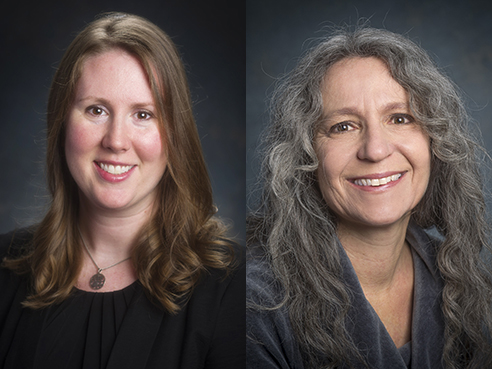
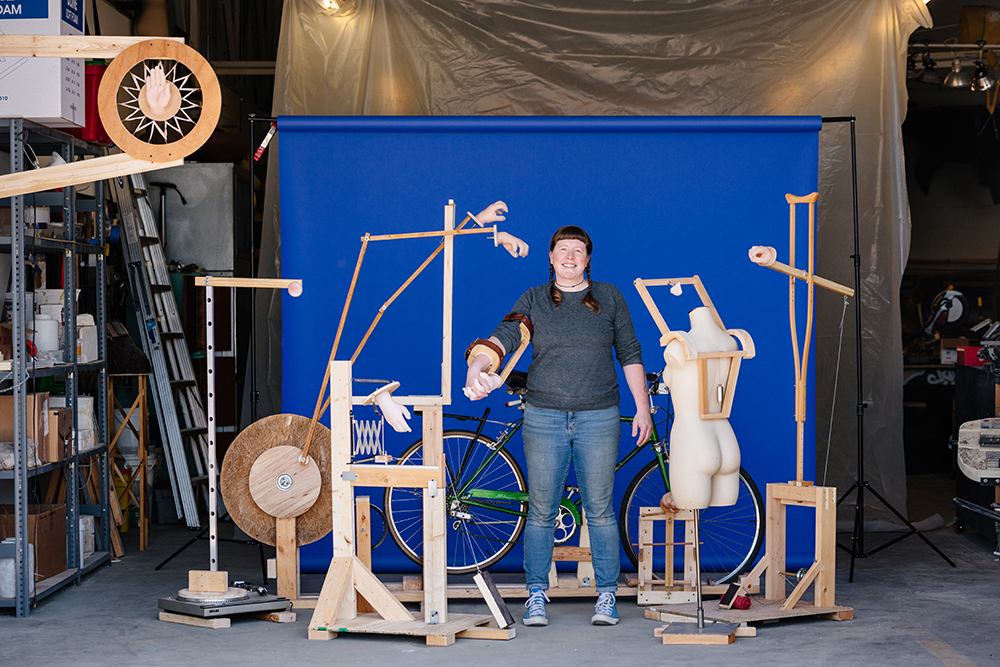
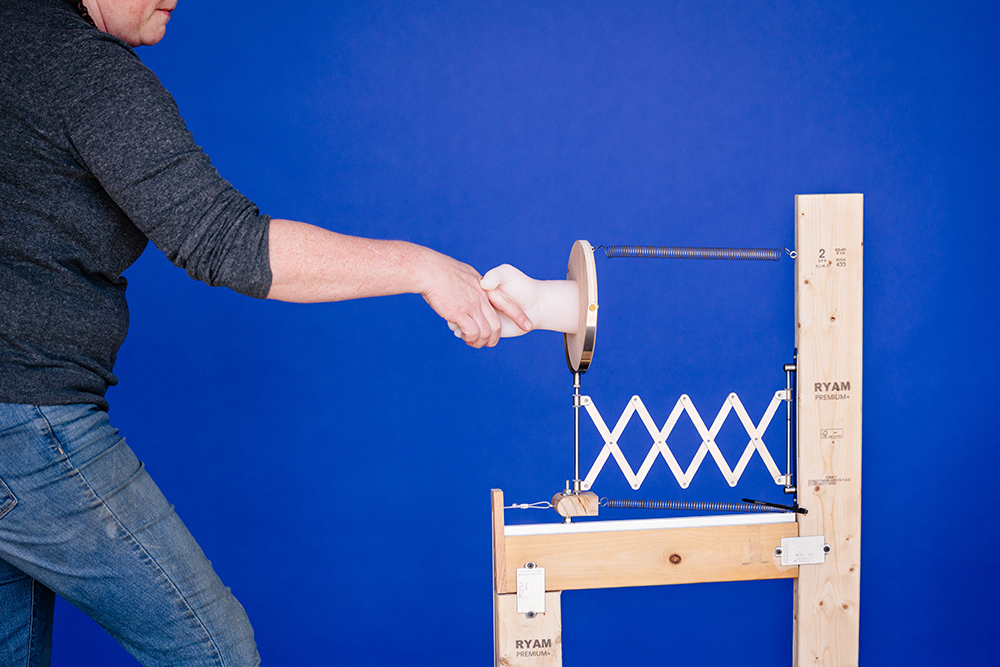
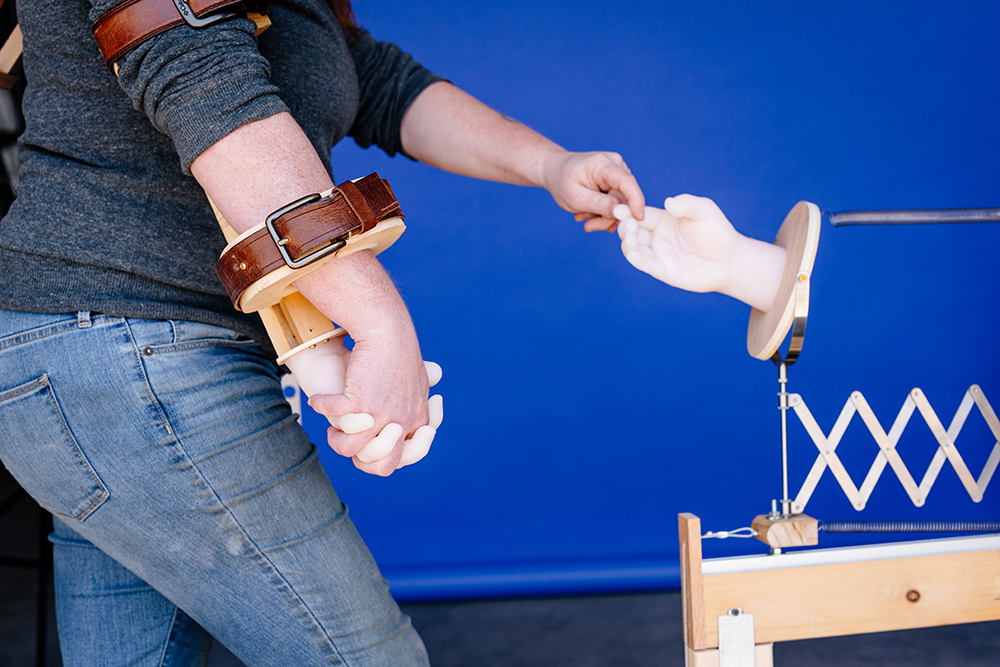
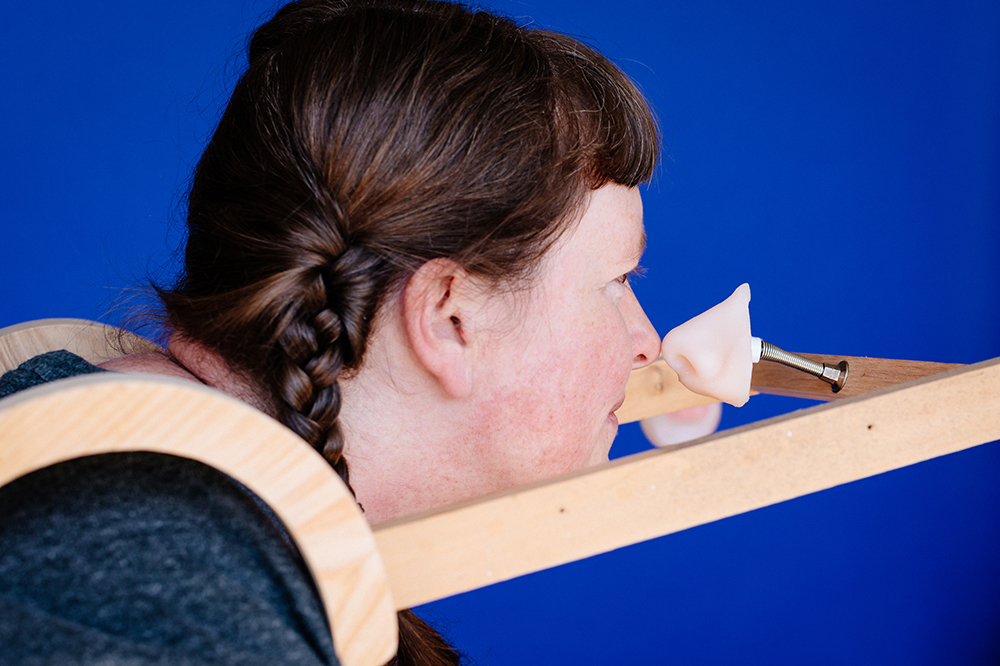
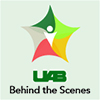 Tell us how you're staying well while staying home
Tell us how you're staying well while staying home